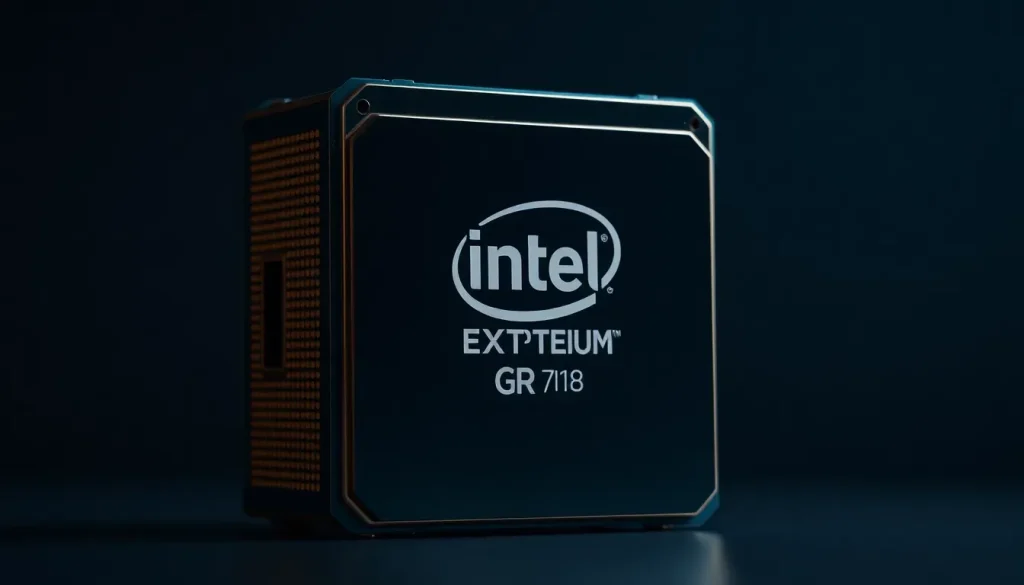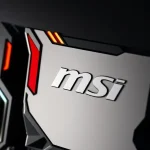Intel Pentium Extreme Edition 980: CPU rediscovers 20 years later

In a surprising twist in the world of technology, a Reddit user has stumbled upon a long-lost processor, the Intel Pentium Extreme Edition 980. This processor, a rare engineering sample, never made it to commercial shelves, but thanks to the CPU-Z tool, its specifications and history are now being unveiled. This discovery not only highlights the intriguing past of Intel's processor development but also opens a window into the evolution of computing technology over the last two decades.
The Pentium Extreme Edition 980 is a fascinating artifact from an era when dual-core processors were just beginning to emerge, showcasing Intel's early forays into performance computing. To understand its significance, we must delve into its architecture, capabilities, and the broader context of its time.
- The Intel Pentium Extreme Edition 980: A Dual-Core Marvel
- Comparing Generations: Intel Core 2 Extreme X6800
- Legacy of the Pentium Brand: Is It Obsolete?
- The Oldest Pentium Processor: A Glimpse into History
- The Controversy Surrounding the Intel Pentium Brand
- Are Pentium Processors Still a Good Choice?
The Intel Pentium Extreme Edition 980: A Dual-Core Marvel
The Intel Pentium Extreme Edition 980 is essentially a Pentium D processor, representing an early attempt at dual-core technology with 2 cores and 4 threads thanks to the nascent Hyper-Threading technology. This processor was likely engineered around 2005, making it a relic of a time when the tech landscape was vastly different, built on a 65 nm fabrication process.
Interestingly, the existence of this processor raises questions about Intel's internal developments and the decisions that led to its cancellation. Engineering samples like this one often had unreliable identification data, causing speculation regarding their legitimacy. However, the detailed information gleaned from CPU-Z suggests that the Extreme Edition 980 is indeed a valid prototype.
One of the intriguing aspects of its story lies in the timing of its development. Just as this processor was nearing a potential launch, Intel was on the brink of introducing its groundbreaking Intel Core 2 Duo processors. These new chips promised significant advancements in energy efficiency and performance, rendering older models like the Pentium Extreme Edition 980 obsolete before they could even hit the market.
For added context, the peak of the Pentium Extreme family was marked by the Intel Pentium Extreme Edition 965, which boasted a maximum frequency of 3.73 GHz. The 980 was expected to exceed this frequency, likely surpassing the 130W TDP of the 965, which posed practical challenges given the advent of the more efficient Core 2 Duo series with a TDP of only 65W.
Comparing Generations: Intel Core 2 Extreme X6800
To fully grasp the significance of the Intel Pentium Extreme Edition 980, it is beneficial to juxtapose it with its contemporary successor, the Intel Core 2 Extreme X6800. Transitioning from the NetBurst architecture to the Core architecture, this new processor marked a significant leap in performance and efficiency.
While both the Pentium Extreme Edition 980 and the Core 2 Extreme X6800 featured 2 cores, the Core 2 model operated on a significantly lower TDP of 75W while delivering superior performance at 2.97 GHz. This efficiency not only meant better performance per watt but also a marked improvement in overall processing power.
Benchmark tests highlight the stark contrast in performance between these two processors. For instance, in the Cinebench R10 suite, the Pentium Extreme Edition 965 scored around 6,000 points in multi-core performance, while the Core 2 Extreme X6800 achieved scores near 9,000 points. This represents a staggering 50% improvement in performance while simultaneously reducing energy consumption by 42%.
Legacy of the Pentium Brand: Is It Obsolete?
While the Pentium brand has been a cornerstone of Intel's CPU lineup, many enthusiasts and analysts ponder whether it has become obsolete. The advancements seen in the Core series have overshadowed Pentium processors, leaving many to question their relevance in today’s computing landscape.
- Technological Advancements: The shift towards multi-core and energy-efficient processors has rendered many older models less desirable.
- Market Demand: With the rise of high-performance computing and gaming, users are seeking power over legacy brands.
- Consumer Preferences: Modern users prefer processors that support advanced features like integrated graphics and improved thermal performance.
Despite these concerns, the Pentium name still carries a sense of nostalgia and historical significance, particularly for collectors and enthusiasts who appreciate the evolution of computing technology. The recent discovery of the Pentium Extreme Edition 980 serves as a reminder of the brand's storied past.
The Oldest Pentium Processor: A Glimpse into History
When discussing the legacy of the Pentium brand, it's essential to consider its historical roots. The original Pentium processor, launched in 1994, set the stage for Intel's dominance in the CPU market. It introduced features such as superscalar architecture, allowing for multiple instructions per clock cycle, and significantly improved performance over its predecessor, the 486.
Over the years, various iterations of the Pentium line have emerged, with each new model offering enhancements in speed, efficiency, and capabilities. The original Pentium processors have become a point of interest for collectors and tech historians alike, showcasing the rapid evolution of microprocessor technology.
The Controversy Surrounding the Intel Pentium Brand
Over the years, the Pentium brand has faced its share of controversies. One notable incident occurred in the late 1990s when a flaw was discovered in the Pentium FDIV instruction. This bug caused errors in floating-point division calculations, leading to significant media coverage and damaging the brand's reputation.
As a result, Intel initiated a recall and offered replacements for affected processors, a move that was unprecedented at the time. This controversy not only impacted consumer trust but also highlighted the importance of rigorous testing in processor development.
Today, the legacy of the Pentium brand is complicated by its historical achievements and setbacks. While newer architectures like Core have taken center stage, the Pentium series remains an important part of computing history.
Are Pentium Processors Still a Good Choice?
The question of whether Pentium processors still hold value in today's market depends largely on the intended use. For basic computing tasks such as browsing the web and word processing, entry-level Pentium processors can still offer satisfactory performance.
However, for more demanding tasks like gaming, video editing, or software development, users are encouraged to look towards more modern options that provide higher performance and energy efficiency. The following factors can help determine if a Pentium processor is suitable for your needs:
- Task Type: Basic tasks may still be handled adequately by Pentium processors.
- Performance Needs: Consider the demands of your applications when selecting a processor.
- Budget: Pentium processors are often more affordable, making them an attractive option for budget-conscious users.




Leave a Reply